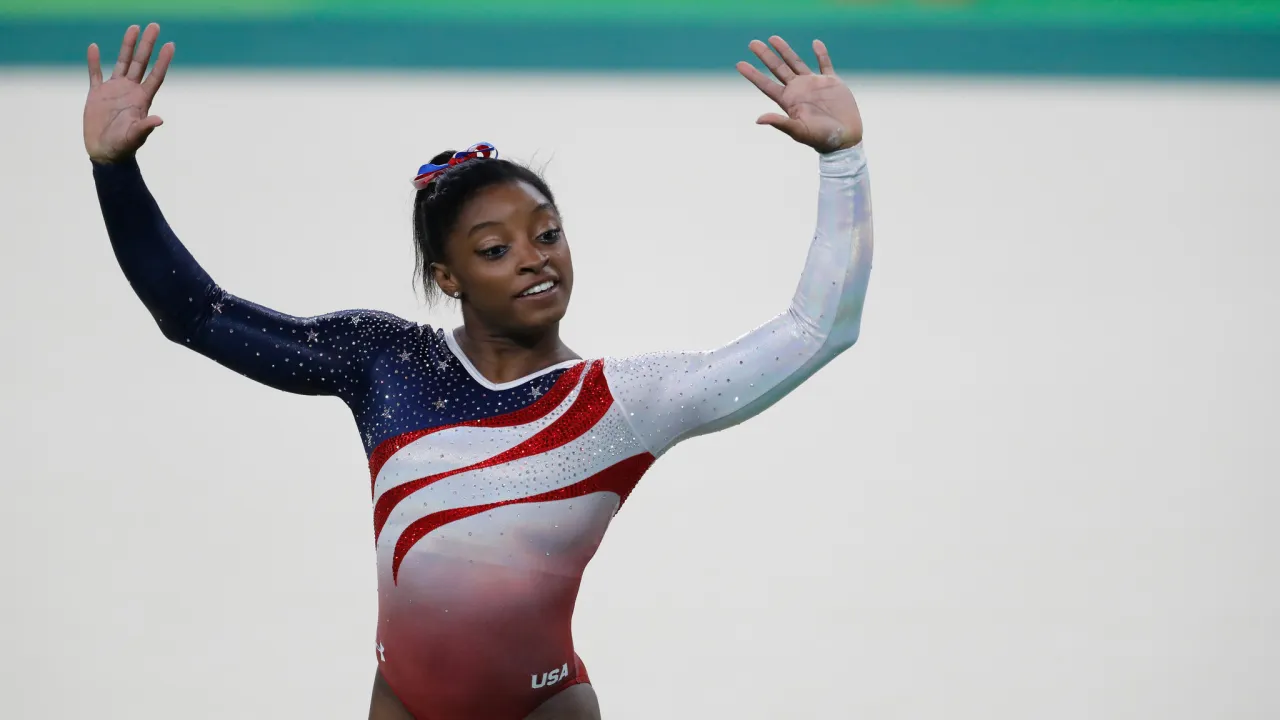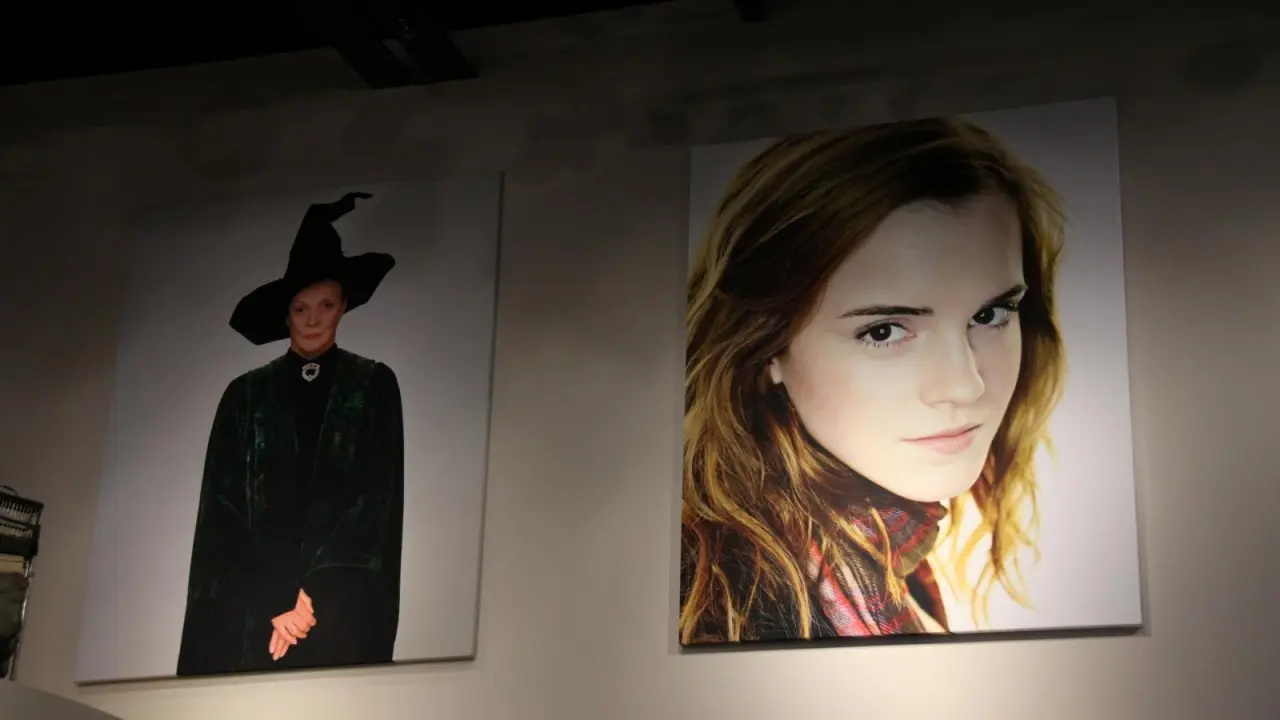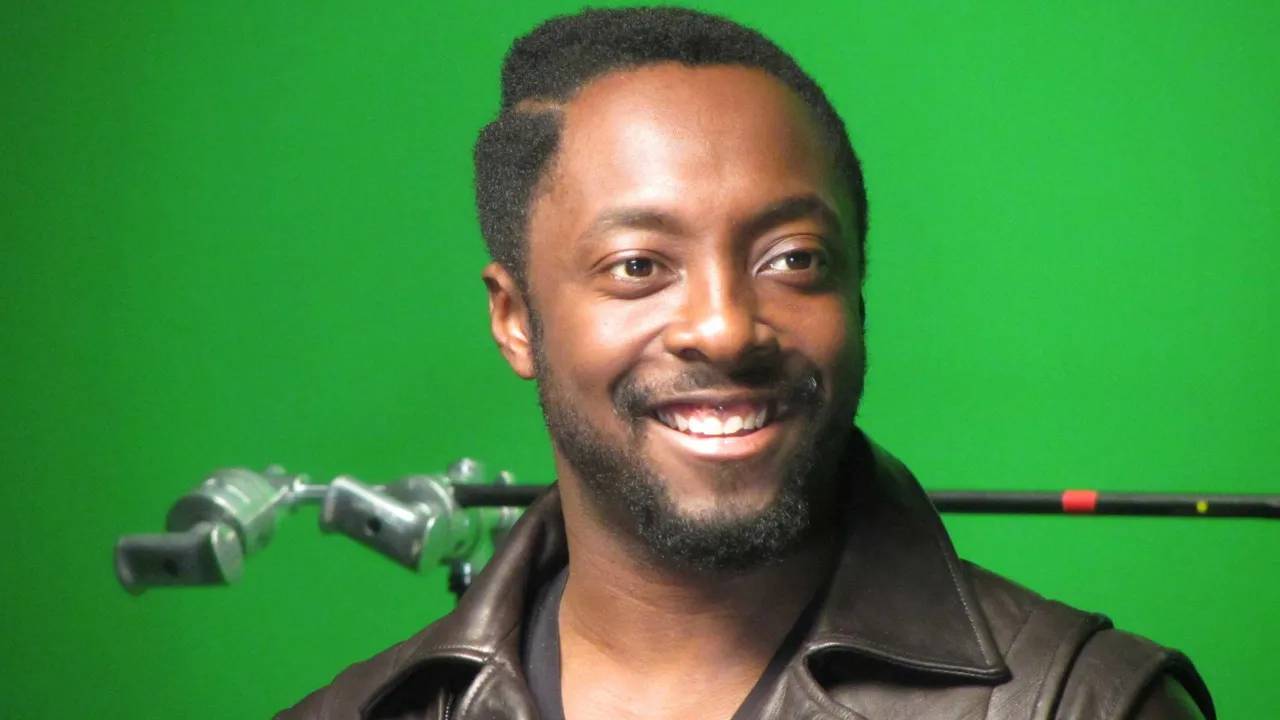Celebrities Opening Up About ADHD: Breaking the Stigma
For years, ADHD lived mostly in the shadows of public awareness. Often misunderstood, it was seen as a childhood condition, associated primarily with hyper boys who couldn’t sit still. But today, that narrative is finally changing—and many celebrities are leading the charge.
Now, more public figures are stepping forward to share their experiences with Attention-Deficit/Hyperactivity Disorder. In doing so, they’re reshaping how the world sees ADHD. Their openness is breaking down stigma, inspiring others, and encouraging much-needed conversations about neurodiversity.
What ADHD Really Looks Like
Before diving into celebrity stories, it's important to understand what ADHD is—and what it isn’t. Attention-Deficit/Hyperactivity Disorder is a neurodevelopmental condition that affects attention, impulse control, and emotional regulation.
It doesn’t look the same for everyone. Some experience restlessness and distraction. Others may struggle more with executive function—things like organization, task management, and memory. It often goes undiagnosed in girls and adults because the signs can be subtle or misattributed to anxiety or laziness.
Still, ADHD is not a character flaw. It’s simply a different way of processing the world.
Why Celebrity Voices Matter
When a well-known figure shares something personal, it resonates. For fans, these admissions validate their own experiences. For others, they provide a new lens through which to view behaviors once seen as careless or chaotic.
Celebrity openness permits people. It says, “You’re not alone.” It also helps normalize mental health discussions in a culture that’s still catching up. By speaking out, these stars use their platforms to make invisible struggles more visible.
Simone Biles: Reframing Strength
Olympic gymnast Simone Biles has never been shy about advocating for mental health. Years ago, she addressed her ADHD diagnosis after her medication became a topic of public discussion. Rather than hide, she leaned in.
By owning her diagnosis, Simone reframed ADHD not as a weakness, but as a part of her athletic identity. Her focus, drive, and resilience are a testament to how neurodivergent minds can thrive under pressure—especially when properly supported.
Her example shows young people that success and struggle can exist side by side.
Michael Phelps: Finding Focus in the Pool
Another athlete, Michael Phelps, has spoken openly about his childhood ADHD diagnosis. He recalled how swimming became a sanctuary—an outlet where his mind could focus and his body could move without restraint.
His story illustrates a key truth: structured environments and physical activity can help manage ADHD symptoms. More importantly, his success offers hope to kids who may feel discouraged or misunderstood.
Phelps turned distraction into discipline—and that shift started with self-awareness.
Emma Watson: Quiet Symptoms, Loud Impact
While not officially diagnosed publicly, Emma Watson has been linked to ADHD conversations due to reports of long-term treatment. Whether or not she's confirmed it herself, she represents a growing number of women whose symptoms flew under the radar in childhood.
Girls with ADHD often mask their challenges, excelling academically while battling inner chaos. Emotional overwhelm, perfectionism, and social exhaustion are common.
As more women speak out, it’s clear that undiagnosed ADHD in girls can lead to anxiety, burnout, and identity confusion well into adulthood. Emma’s reported experience helps others see themselves reflected in the silence.
Will.i.am: Creativity in Motion
For musician and entrepreneur Will.i.am, ADHD is a source of creative energy. He has said his brain “never turns off,” and that constant stimulation drives his innovation in both music and tech.
Rather than fight his brain's rhythm, he works with it. He builds environments that match his flow—colorful, fast-paced, and always evolving.
Will.i.am reminds us that ADHD isn’t just about challenges. It also comes with curiosity, passion, and originality when properly channeled.
How These Stories Reduce Shame
Historically, ADHD was met with skepticism, especially in adults. It was often seen as an excuse, a flaw, or a failure to conform. But these celebrity voices are shifting public perception.
They’re saying that having ADHD doesn’t make you unreliable, lazy, or broken. Instead, it makes you different in ways that require support and understanding, not judgment.
As a result, more people are getting diagnosed later in life. Many are finally understanding past patterns—missed deadlines, forgotten meetings, emotional intensity—as part of a broader neurological picture.
Social Media and the ADHD Boom
Platforms like TikTok and Instagram have exploded with ADHD-related content. Influencers and creators now share daily tips, relatable moments, and funny insights into life with a neurodivergent brain.
This wave of visibility has created a kind of digital peer support group. And celebrities have joined in—not as experts, but as fellow travelers.
Because of this, ADHD is being redefined. Not as a disorder to be hidden, but as a valid identity with its own strengths and needs.
Moving Beyond Labels
Even with growing awareness, challenges remain. Many people still face stigma at work, in schools, or even within families. They worry about being seen as flaky or unstable.
But public figures continue to lead by example. Their willingness to be vulnerable opens the door for others to be honest too.
Importantly, they’re not just talking—they’re modeling coping strategies, therapy, medication, coaching, and self-compassion. They’re showing that diagnosis is not the end of the road—it’s the beginning of real healing and understanding.
The Takeaway: Visibility Is Power
In 2025, neurodiversity is finally getting the spotlight it deserves. And thanks to celebrity transparency, the shame once associated with ADHD is losing its grip.
By telling their stories, these stars are changing how the world talks about mental health. They’re proving that ADHD is not a character flaw—it’s a difference in brain wiring. One that deserves respect, support, and space to thrive.
Ultimately, their message is simple but powerful: your brain is not broken—it’s just built differently. And that difference can be beautiful.


